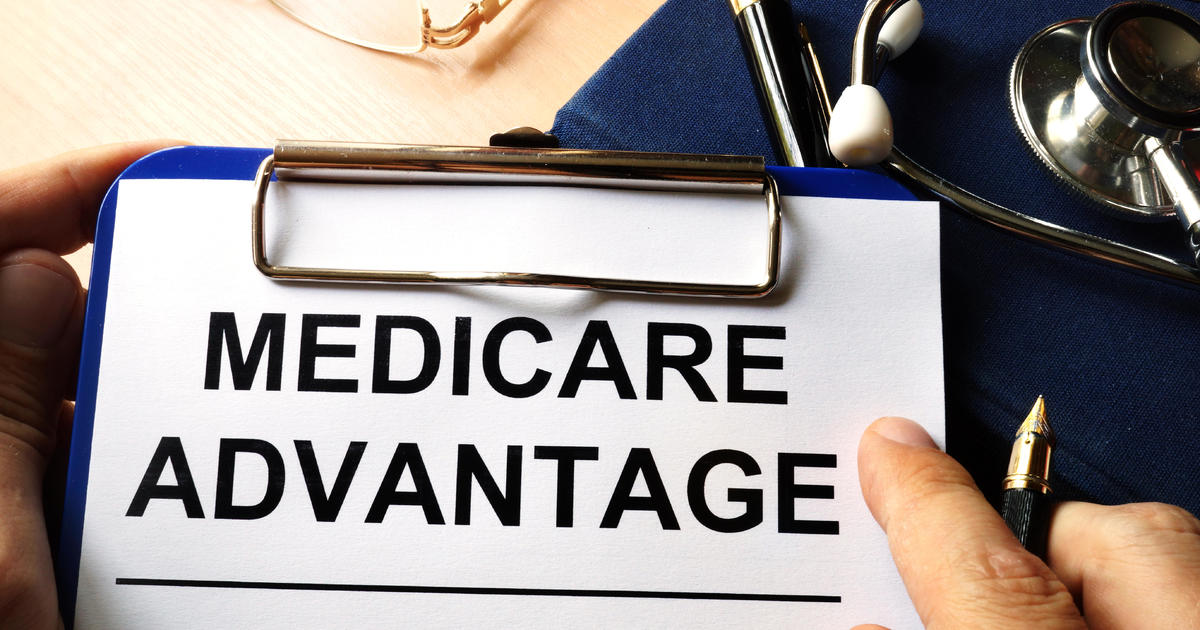Medicare Advantage plans reaped $4.2 billion in extra payments last year by making home visits to senior citizens who may not have received treatment for serious health issues, a new government report has found.
The report, issued by the Office of Inspector General for the Department of Health and Human Services, flags concerns with so-called health risk assessments, or HRAs, which are home visits used to diagnose Medicare enrollees for serious health issues.
Because senior citizens who suffer from major health issues can trigger higher risk-adjusted payments for Medicare Advantage plans, the agency wanted to determine whether these HRAs are misused, with taxpayers footing the bill. Roughly half of the 66 million seniors enrolled in Medicare are also enrolled in a Medicare Advantage plan, which are offered by private insurers such as UnitedHealthcare and Humana.
The analysis said UnitedHealthcare collected $3.7 billion of risk-adjusted payments last year, making it the biggest benefactor of the practice, followed by Humana, with $1.7 billion. Neither UnitedHealthcare nor Humana immediately responded to requests for comment.
The report raises concerns about how Medicare Advantage (MA) plans are using HRAs, as well as the amount of taxpayer spending linked to these home visits. About 1.7 million people who are enrolled in Medicare Advantage plans received these home visits last year but had no follow-up visits, procedures, tests or supplies for their diagnoses, which suggests the payments may have been “improper” or that enrollees didn’t receive needed care, the report concluded.
In addition to potential overpayments for HRAs, Medicare Advantage plans may also be receiving additional billions from so-called HRA-linked chart reviews. These occur when a Medicare Advantage company later reviews a senior citizen’s medical record to look for diagnoses that a provider didn’t submit or may have submitted in error.
“In-home HRAs and HRA-linked chart reviews may be more vulnerable to misuse because these tools are often administered by MA companies or their third-party vendors and not enrollees’ own providers,” the report noted. “Diagnoses reported only on these types of records heighten concerns about the validity of the diagnoses or the coordination of care for MA enrollees.”
Medicare paid private insurers operating Medicare Advantage plans about $7.5 billion last year for diagnoses reported via both HRAs and HRA-linked chart reviews, the report found.
A $1,869 home visit
Each in-home HRA generates about $1,869 in estimated risk-adjusted payments, the report found. By comparison, Medicare Advantage plans receive about $365 in payments when patients visit a doctor’s office or other health care facility.
Thirteen health conditions produced $5.6 billion of the $7.5 billion in risk-adjusted payments for Medicare Advantage plans, with vascular disease linked to almost $1 billion of these payments, the most of any diagnosis, the analysis found.
But at-home diagnoses aren’t always backed up by visits to a doctor or health care facility, the analysis found. For example, Medicare Advantage companies diagnosed “secondary hyperaldosteronism,” an adrenal gland issue, in 74% of enrollees with this diagnosis through a home visit or HRA-linked chart review that resulted in payment.
Only 3% of enrollees received this diagnosis through a visit to a doctor’s office or other health care facility.
Twenty Medicare Advantage companies generated about 80% of $7.5 billion in risk-adjusted payments, the analysis found. The report flagged UnitedHealth Group, saying it “stood out from its peers, especially in its use of in-home HRAs and HRA-linked chart reviews to generate risk-adjusted payments.”

